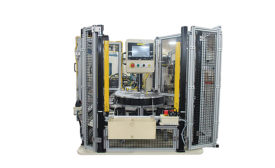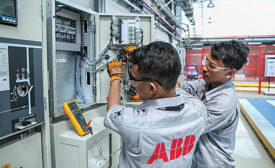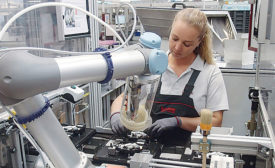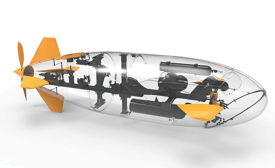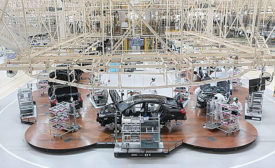Austin Weber
Austin has been senior editor for ASSEMBLY Magazine since September 1999. He has more than 21 years of b-to-b publishing experience and has written about a wide variety of manufacturing and engineering topics. Austin is a graduate of the University of Michigan.
ARTICLES
Bullet-Proof Automated Assembly
A system that runs like clockwork doesn’t happen by accident.
September 8, 2016
Power Distribution Gets Smart
The ‘smart grid’ is transforming an age-old industry.
August 4, 2016
Special Report: State of the Profession 2016
New tools and technologies help level the playing field.
July 1, 2016
New Plastics for 3D Printing
Engineers have more material options available than ever
July 1, 2016
The Connected Home Is Here
‘Smart’ appliances are forcing engineers to rethink age-old product designs
June 3, 2016
Never miss the latest news and trends driving the manufacturing industry
Stay in the know on the latest assembly trends.
JOIN TODAY!Copyright ©2024. All Rights Reserved BNP Media.
Design, CMS, Hosting & Web Development :: ePublishing


